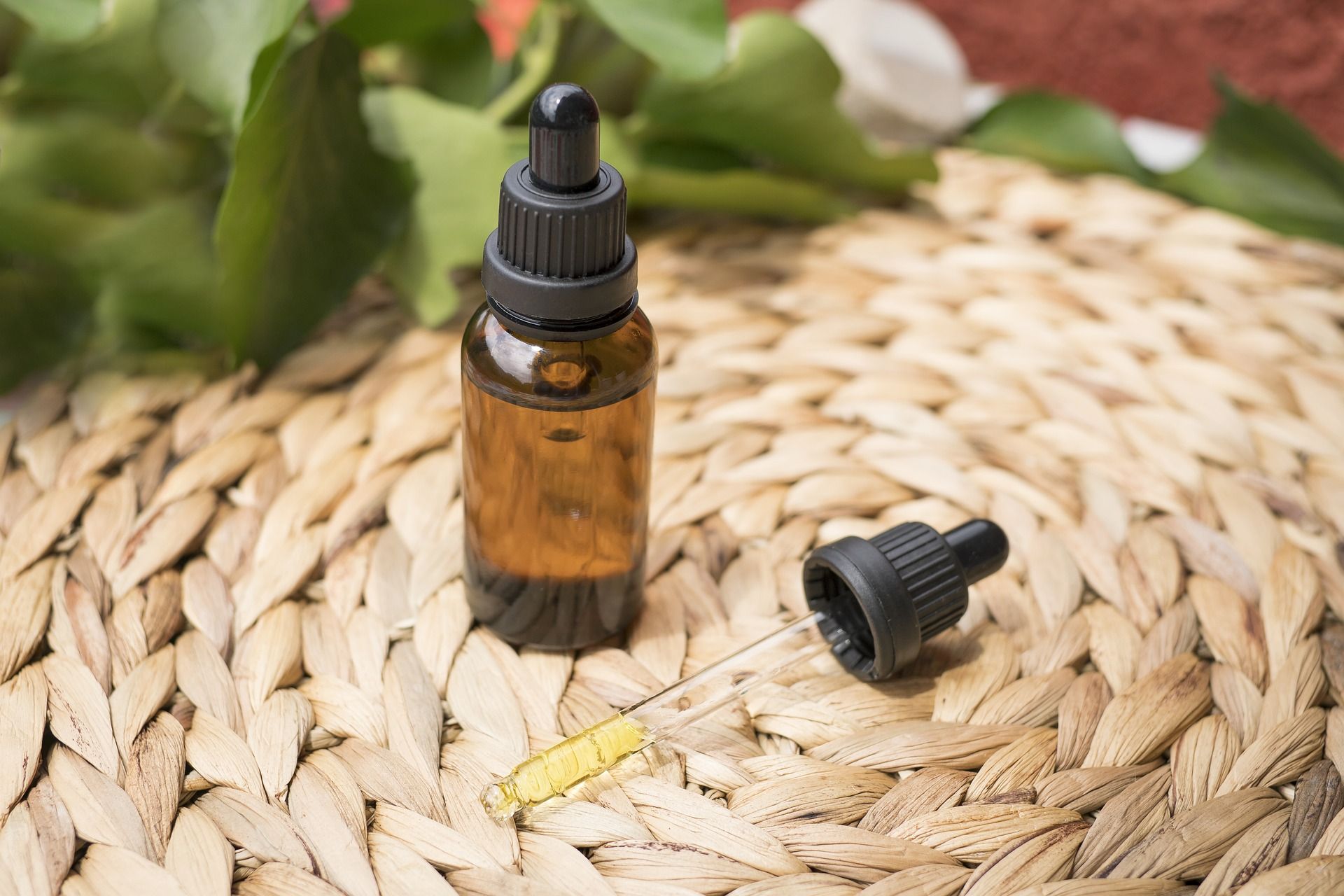**ENG**
Good morning everyone, today I would like to share with you my personal experience in using rosehip as a phytotherapeutic remedy.

Foto di Peggychoucair da Pixabay
Description: deciduous shrub.
Minimum cultivation temperature: -20 °C.
Balsamic period: October.
Toxicity: low, may cause gastrointestinal disorders.
Do not take Rosa canina supplements during pregnancy and breastfeeding, always consult a doctor before taking phytotherapeutic preparations based on this plant.
Beneficial properties: tonic, immunostimulant and anti-inflammatory (oral cavity).
Active ingredients: bioflavonoids, vitamin C, stearoptene, citronellol and linalool.
PREPARATIONS
Infusion: prepared with 15 g of fresh peels per 100 ml of water for the tonic function.
Mother tincture: prepared with 15 g of fresh peels, chopped, macerated for 21 days in 100 ml of 86° hydroalcoholic solution. The filtrate can be stored for 3 years, 100 drops per day for the immunostimulant function.
Rose honey: prepared with 10 g of petals, chopped, macerated for 21 days in 10 ml of 62° hydroalcoholic solution. Add 90 g of honey, for the treatment of gingivitis (topical use).
NOTES
From the fruits it is possible to obtain the famous rose jam (1 kg of fruits and 500 g of sugar).
The wild rose was called canine because it was believed that its roots were an excellent remedy for curing rabies caused by dog bites. The name then passed to the Romans. In fact, Pliny the Elder tells that a soldier was cured of rabies thanks to this plant.
**ITA**
Buongiorno a tutti, oggi vorrei condividere con voi la mia esperienza personale nell'utilizzo della rosa selvatica come rimedio fitoterapico.

Foto di Erin Stone da Pixabay
Descrizione: arbusto deciduo.
Temperatura minima di coltivazione: -20 °C.
Periodo balsamico: ottobre.
Tossicità: bassa, può causare disturbi gastrointestinali.
Non assumere integratori di Rosa canina in gravidanza e allattamento, consultare sempre un medico prima di assumere preparati fitoterapici a base di questa pianta.
Proprietà benefiche: ricostituente, immunostimolante e antinfiammatorio (cavo orale).
Principi attivi: bioflavonoidi, vitamina C, stearoptene, citronellolo e linalolo.
PREPARAZIONI
Infuso: preparato con 15 g di bucce fresche per 100 ml di acqua per la funzione ricostituente.
Tintura madre: preparata con 15 g di bucce fresche, sminuzzate, fatte macerare per 21 giorni in 100 ml di soluzione idroalcolica 86°. La conservazione del filtrato è pari a 3 anni, 100 gocce al giorno per la funzione immunostimolante.
Miele rosato: preparato con 10 g di petali, tritati, fatti macerare per 21 giorni in 10 ml di soluzione idroalcolica 62°. Aggiungere 90 g di miele, per il trattamento della gengivite (uso topico).
NOTE
Dai frutti è possibile ottenere la famosa marmellata di rosa (1 kg di frutti e 500 g di zucchero).
La rosa selvatica venne chiamata canina perché si riteneva che le sue radici fossero un ottimo rimedio per curare la rabbia procurata dai morsi dei cani. Il nome è poi passato ai Romani. Plinio il Vecchio infatti racconta che un soldato venne guarito dalla rabbia proprio grazie a questa pianta.
Sources - Fonti :
https://erbeofficinali.org/dati/q_scheda_res.php?nv_erba=ROSA%20CANINA
https://www.erbecedario.it/it/rosa-canina
Rosehip - my phytotherapeutic experience
@ghilvar
· 2025-08-05 15:00
· Discovery-it
#ita
#eng
#nature
#health
#discovery-it
#rosehip
Payout: 0.000 HBD
Votes: 550
More interactions (upvote, reblog, reply) coming soon.